The Scream of Peru mummies and Edvard Munch’s inspiration
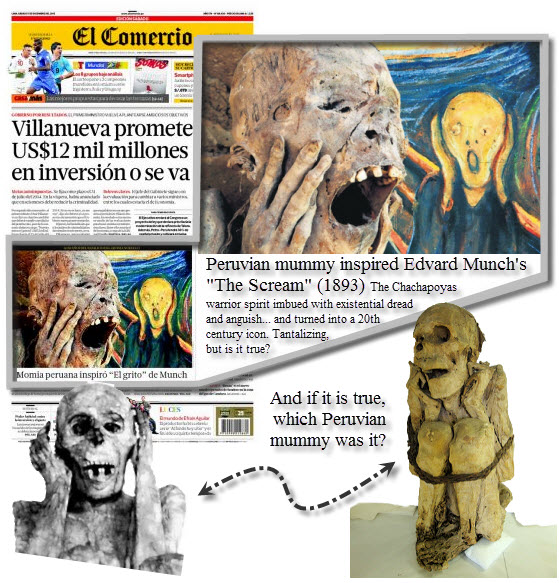 The image plastered on the front page of Peru’s leading daily El Comercio jumped out at me from the newsstand this morning as I walked to work.
The image plastered on the front page of Peru’s leading daily El Comercio jumped out at me from the newsstand this morning as I walked to work.
The graphic was mind blowing — Edvard Munch’s “The Scream” in juxtaposition to the mummified remains of a Chachapoyas warrior — their stretched hands cradling their agonized faces, crying out silently, in unison.
Reporter Wilfredo Bayonne Sandoval recounted the theory that Munch was inspired to paint his masterpiece by a Chachpoyas mummy that the Norwegian artist and Paul Gauguin saw together at the 1889 Trocadero exposition in Paris.
Bayonne went into detail, describing the providence of the mummy. In 1877, he wrote, a French horticulturist Pierre Vidal-Sen¨ze explored the rugged cloud forest in Peru’s northern Amazonas region.
Crossing a bridge over the Utcubamba River, the horticulturist discovered a series of giant anthropomorphic Sarcophagi coffins. Dazzled by the strange monuments, depicting humanoid heads atop triangular shaped torsos, the Frenchman decided to break open four of the funerary vessels to analyze their contents. Inside, he found several Chachapoyas mummies in perfect condition.
Vidal-Sen¨ze returned home with the archaeological treasure, which he later sold to France’s Ministry of Education. A few year later, Gauguin and Munch saw the mummy at the exposition, inspiring one of the 20th century’s most iconic artistic images.
What a great story!
Unfortunately, the mummy depicted on the front page of Peru’s most prestigious newspaper has nothing to do with Edvard Munch or that theory. (Tsk-tsk, El Comercio!)
So, what mummy was it?
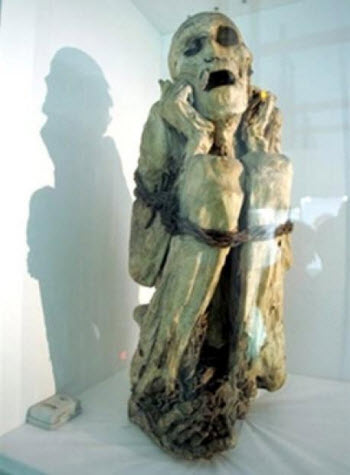
Chachapoya mummy, Musee de l’Homme.
Photo: Francois Guillot / AFP / Getty Images
A little Googling led to an online post about the subject on the Archaeological Institute of America’s Web site. That, in turn, brought up an article by Rossella Lorenzi, originally published on the Discovery News site in September 2004, “Italian Mummy Source of ‘The Scream’?”
Lorenzi interviewed New York University art professor Robert Rosenblum, the scholar who first advanced the theory in 1978 about Munch and Paul Gauguin viewing the mummy. It is now housed in Paris’ Musée de l’Homme.
It wasn’t only Munch who theoretically drew inspiration from the mummy, Lorenzi wrote. According to many scholars, “Gaugin’s depiction of The Wine Harvest at Arles and several other works reflected the Parisian mummy’s contorted pose.”
“The connection between Gauguin and Munch in Paris certainly indicates their common enthusiasm for such grotesque objects, especially appropriate to ‘The Scream,'” Rosenblum told Lorenzi.
But then came another Peruvian mummy that was advanced as Munch’s inspiration for The Scream. This one was rediscovered in Italy, in the Florence Museum of Natural History.
“It is a hypothesis based on conjectures, not really supported by documents,” Monica Zavattaro, curator of the museum’s anthropological and ethnological department, told Lorenzi. “But we cannot ignore this great resemblance and the historical period in which the mummy came to Florence.”
This mummy was discovered in 1882 by an Italian doctor, Oscar Perrone, during a Peru tour. He brought it to Florence the following year, 10 years before Munch created The Scream. Analysis showed that in life, the mummy had been a 5.3-foot-tall male, who was shot in the back in the mid 16th century.
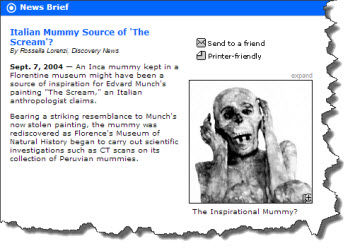
But Piero Mannucci, of Florence University, argued that it is possible Munch was there on a personal visit, and that it simply went unnoticed by history.
Besides, the Florence mummy bears a much more striking resemblance with the painting than the Chachapoya mummy in Paris, he contended.
“The mummy in Paris has the fists closed on the cheeks, while our mummy has the hands open and placed on each side of the face, just like the figure in ‘The Scream,'” Mannucci said. “It’s the strong resemblance that struck us. Basically, the images of the ‘The Scream’ and the mummy can be overlapped.”
Archaeological Institute of America pointed out that the mummy theories are just that, theories.
“In fact, Munch himself doesn’t mention a mummy as being the inspiration for ‘The Scream.’ His own version, quoted in a review of a recent biography of him that appeared on Slate, is simply, ‘I was walking along a path with two friends — the sun was setting — suddenly the sky turned blood red — I paused, feeling exhausted, and leaned on the fence — there was blood and tongues of fire above the blue-black fjord and the city — my friends walked on, and I stood there trembling with anxiety — and I sensed an infinite scream passing through nature.'”
If you like this post, please remember to share on Facebook, Twitter or Google+
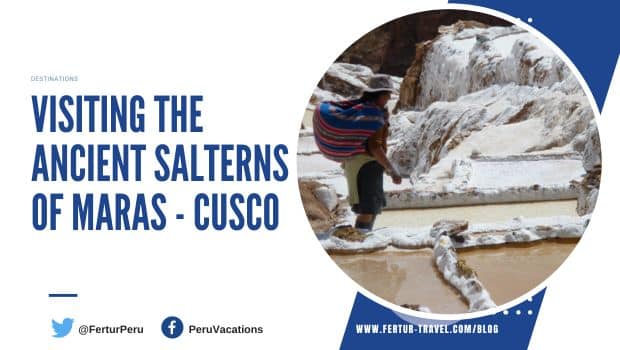 Astonishing Maras Salt Mines: Salineras de Maras Cusco Tour
Astonishing Maras Salt Mines: Salineras de Maras Cusco Tour 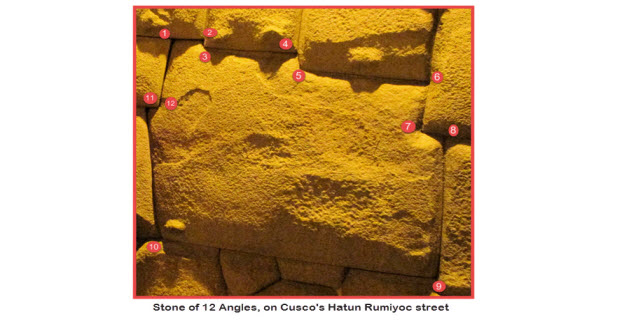 Famous 12 angle Inca stone topped but not overshadowed by 13 angle stone
Famous 12 angle Inca stone topped but not overshadowed by 13 angle stone 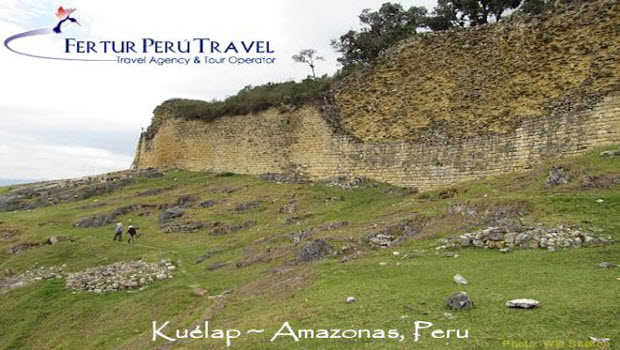 Seven reasons to visit the temple fortress of Kuelap on your vacation to Peru
Seven reasons to visit the temple fortress of Kuelap on your vacation to Peru 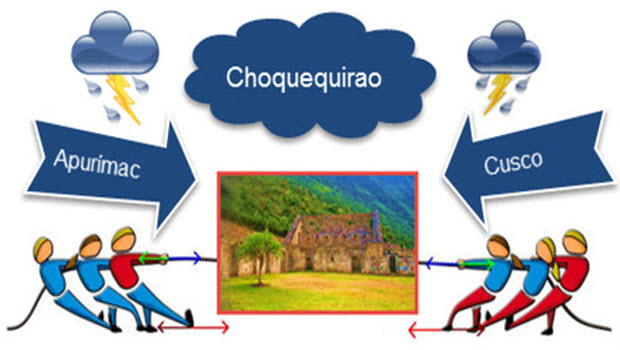 Cusco wants in on Choquequirao Cable Car action
Cusco wants in on Choquequirao Cable Car action 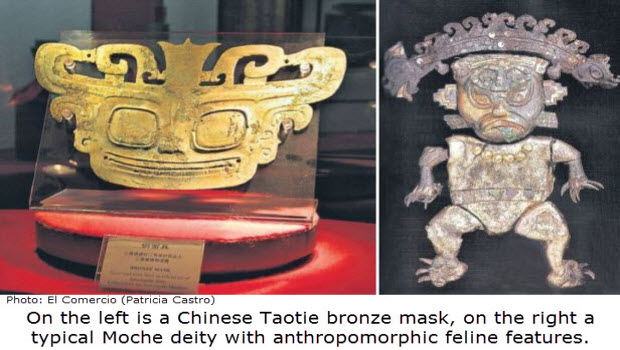 Ancient Link Between Chinese And Peruvian Civilizations?
Ancient Link Between Chinese And Peruvian Civilizations?  Make Arequipa a port of call on a luxury cruise vacation
Make Arequipa a port of call on a luxury cruise vacation 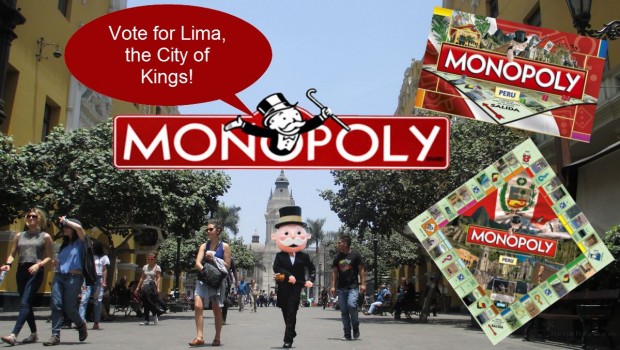 Mr. Monopoly Tours Lima in Search of Votes
Mr. Monopoly Tours Lima in Search of Votes 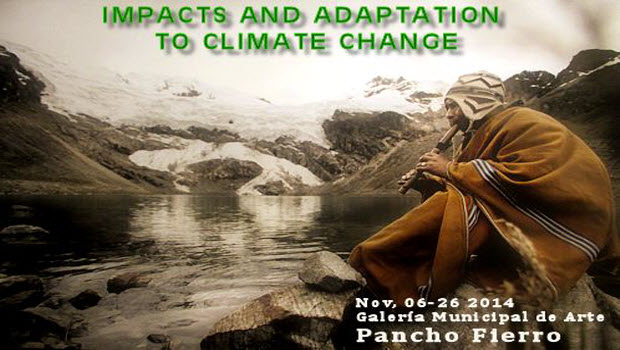 CARE Peru exhibit – adapting to Climate Change
CARE Peru exhibit – adapting to Climate Change
What a fascinating article Rick. Thank you for posting it.